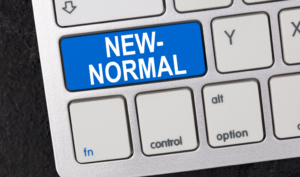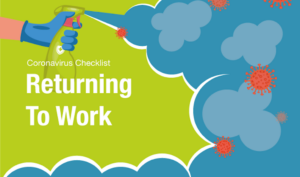
Which Pandemic-Era People Strategies Are Worth Preserving?
Organizations are always changing. This has been especially important since the pandemic arrived in 2020. At first, HR and business leaders were flying blind, reacting

Organizations are always changing. This has been especially important since the pandemic arrived in 2020. At first, HR and business leaders were flying blind, reacting

The pandemic changed how we live and work in so many ways — not the least of which was the daily commute. But now, after

In 2020, our most popular blog post discussed how leaders could move forward when Covid abruptly forced many of us to work from home. I

We all know that hiring young talent can bring a lot of positives to any organization. Younger workers are digital natives, they tend to have

2021 turned out to be a year that introduced many new terms into the common vocabulary. One of the most popular terms – The Great

Developing an international footprint is no longer a task reserved for large companies with sizable financial lungs. While it certainly helps to have stable revenue

Life lessons roll in at an interesting pace. Sometimes they are slow and steady. Other times, they fly at us with momentum and fervor. Let’s

It’s been a hard year and a half, and as the pandemic continues to fluctuate, illness and lockdowns have taken their toll. The effects extend

I’m often asked to give my predictions for what the new year will bring to the future workplace. We’ve seen changes we never imagined, from

The first time COVID-19 made its appearance, a lot of uncertainty, fear, and doubt ruled many people’s lives. Since all of it was new, absolutely

WFH offices have become popular these days thanks to the pandemic. The daily 9 to 5 commutes and rush hours have now been replaced with

More than a year after the COVID-19 pandemic first upended work and life, business owners, HR leaders, and workers are continuing to adjust to an

The pandemic taught us a lot about ourselves. Like how many of us don’t need to go into an office to be productive. That flexibility

What do you think of when someone mentions payroll? Does your mind immediately conjure up an employee asking you for help regarding incorrect calculations and

As a human resources professional, you’re no stranger to thinking on your feet and solving complex problems. You never quite know what you’re going to

Since time immemorial, the one question that has dogged management gurus is: What is the main purpose of business? Is it to make profits? To

According to new CDC vaccine guidelines, vaccinated individuals can now safely gather indoors without a face covering. This is an exciting development after more than

Since the coronavirus pandemic began, one question has been on everyone’s minds: When can we go back to normal? Of course, many areas are seeing

About one year ago, organizations learned they could no longer work from a single physical location due to logistical or health restrictions caused by COVID-19.

There are more than 107 million recorded COVID-19 cases worldwide. As economies begin progressively reopening after lockdowns, it’s increasingly likely that workplace COVID-19 will hit

Hiring during the prolonged COVID-19 crisis hasn’t gotten any easier. This is especially true for smaller companies struggling to be recruiting contenders without necessarily having

Once upon a time, we assembled around the office coffee machine to discuss what antics happened over the weekend. Now, of course, COVID-19 has wholly

Should business leaders be worried about the new COVID strains originating in the UK, South Africa, Brazil, and elsewhere — and recently identified in the

Over the last ten months, the entire workplace changed, as did the expectations of employees and contractors. But not everything that happened last year was

In our now normal, company culture seems to have taken a back seat to… well, everything else. So how do we retain our best talent?